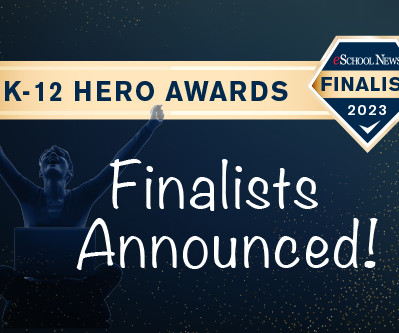Learning.com Joins National Digital Learning Day Celebration with Classroom Lessons and Resources
techlearning
FEBRUARY 15, 2018
February 15, 2018 – Learning.com is joining thousands of educators and students nationwide to celebrate Digital Learning Day, February 22, 2018. In addition to free lesson plans, Learning.com will also feature helpful ideas and tips for teachers to show students how technology supports learning in high school, college and careers.















Let's personalize your content